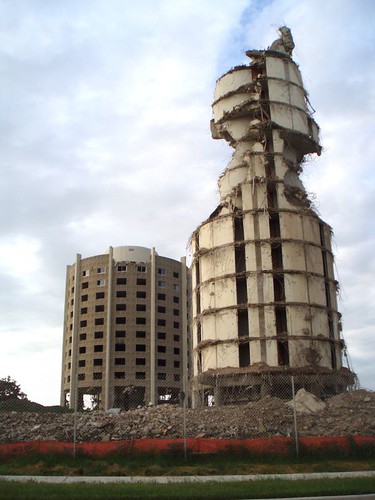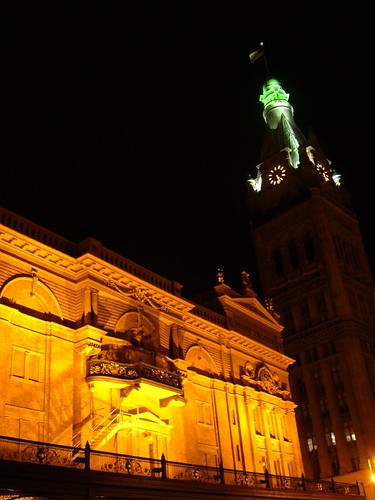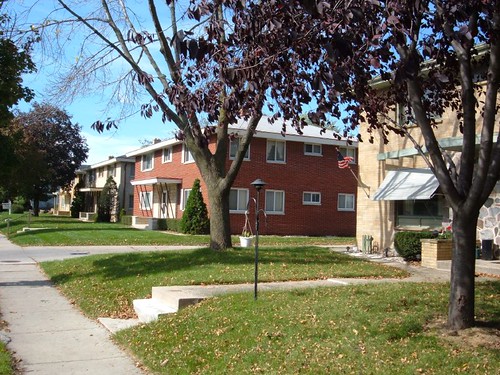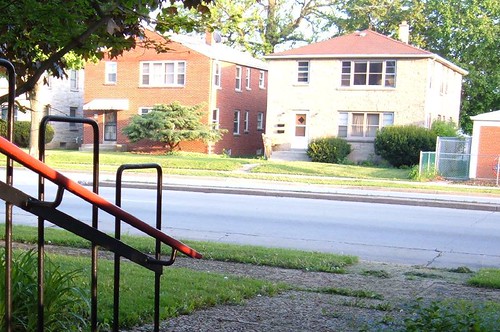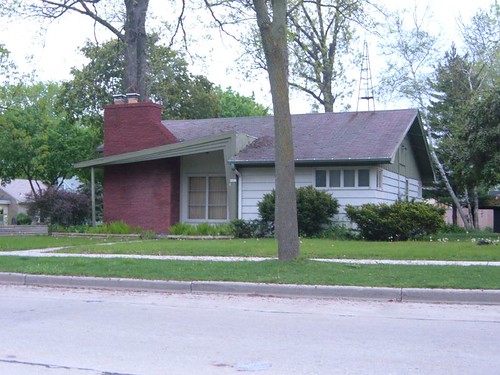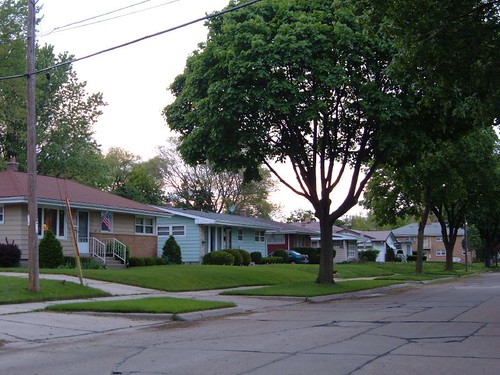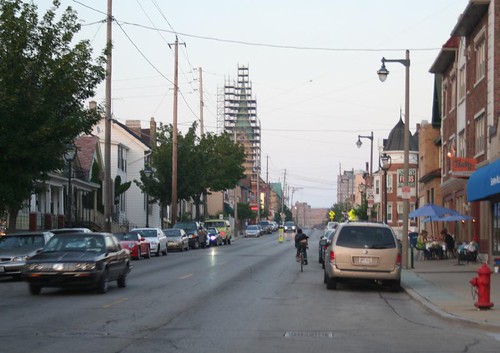
How're they going to get them? I immediately asked. Simple, came the answer: get get rid of the street parking.
The merchants will never, ever go for it, I said, and with good reason: businesses thrive on that kind of easy, short-term, highly visible parking. Parking doesn't have to be physically close, but it has to be percieved as close, easily accessible and easily found.
But then I thought about it further. Brady does get a lot of bike traffic already; it's at the core of Milwaukee's most bikeable neighborhood. How much would that increase by if it weren't so narrow and intimidating? Would it perhaps be so bad to sacrifice parking on one side of the street? Would the loss be compensated by an increase in bike and other foot-based traffic?
FYI, I count about 30 parking spaces on the north side of Brady, east of Humbolt; and roughly the same number west of Humbolt. Would 60 short-term parking spots be an acceptable loss?
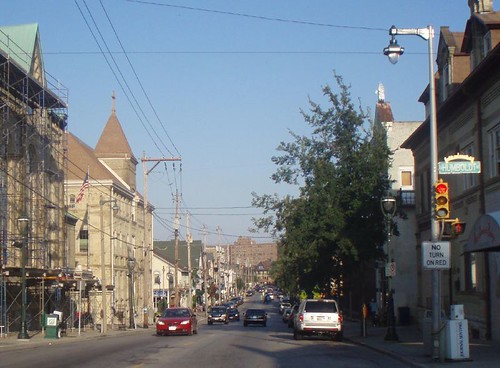
It's hard for me to be completely objective. When I ride Brady Street, I'm usually going nearly the same pace as traffic -- sometimes faster. When you're keeping up with the cars, it's easy to justify taking a lane, and the moving cars don't seem so intimidating when you're going nearly the same speed. It's more important to take the lane, too. At those speeds, getting hit by the opening door of a parked car ("doored") could be fatal. So I've never worried much about a lack of bike lanes.
Lots of other people ride more slowly, however, and to them the cars are whizzing past at breakneck speed. Either that, or they're stuck behind the bicyclist, poking along at 10 miles an hour, wishing there was some chance to pass. Bike lanes would reduce or eliminate this problem.
Having lanes on one side of the street would also reduce by half a biker's chance of getting doored.
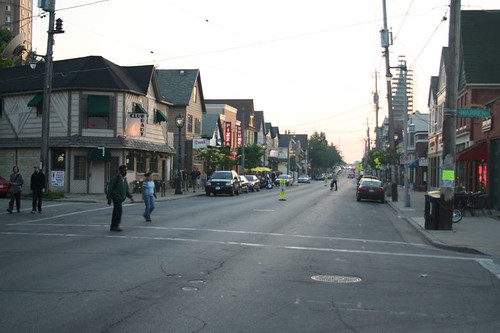
On the minus side, the perception of a wider street would inevitably lead to faster-moving traffic. One reason I can keep up with traffic on Brady is that the cars are only going 25 mph or so, sometimes less. That's about the fastest speed that feels safe in Brady Street's narrow confines. Widen the street and the safest perceived speed will rise, and actual speeds with it. This would in turn degrade the slow-moving, pedestrian-scaled ambiance that makes Brady Street so appealing to begin with, the physical scale that makes it seem like it'd be a good place to ride a bike -- a far more damaging loss than the elimination of a few dozen parking spots.
I had a professor once who made the point that pedestrian malls are only a good idea when a place is so crowded that there's no more room for vehicles. He noted that if any street in Milwaukee might be headed that way, it's Brady -- but it had a long way to go before it hit that point. I'd say it still has a long way to go before cutting out a lane of traffic would have more positive than negative results.
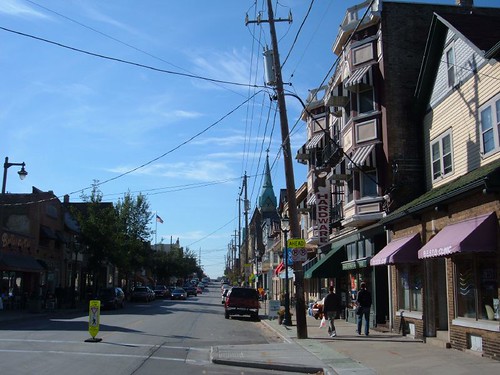
On a related side note -- those traffic-calming sidewalk bump-outs aren't doing Milwaukee cyclists any favors. I live in dread fear of hitting one of those things dead-on and going flying over the handlebars.

